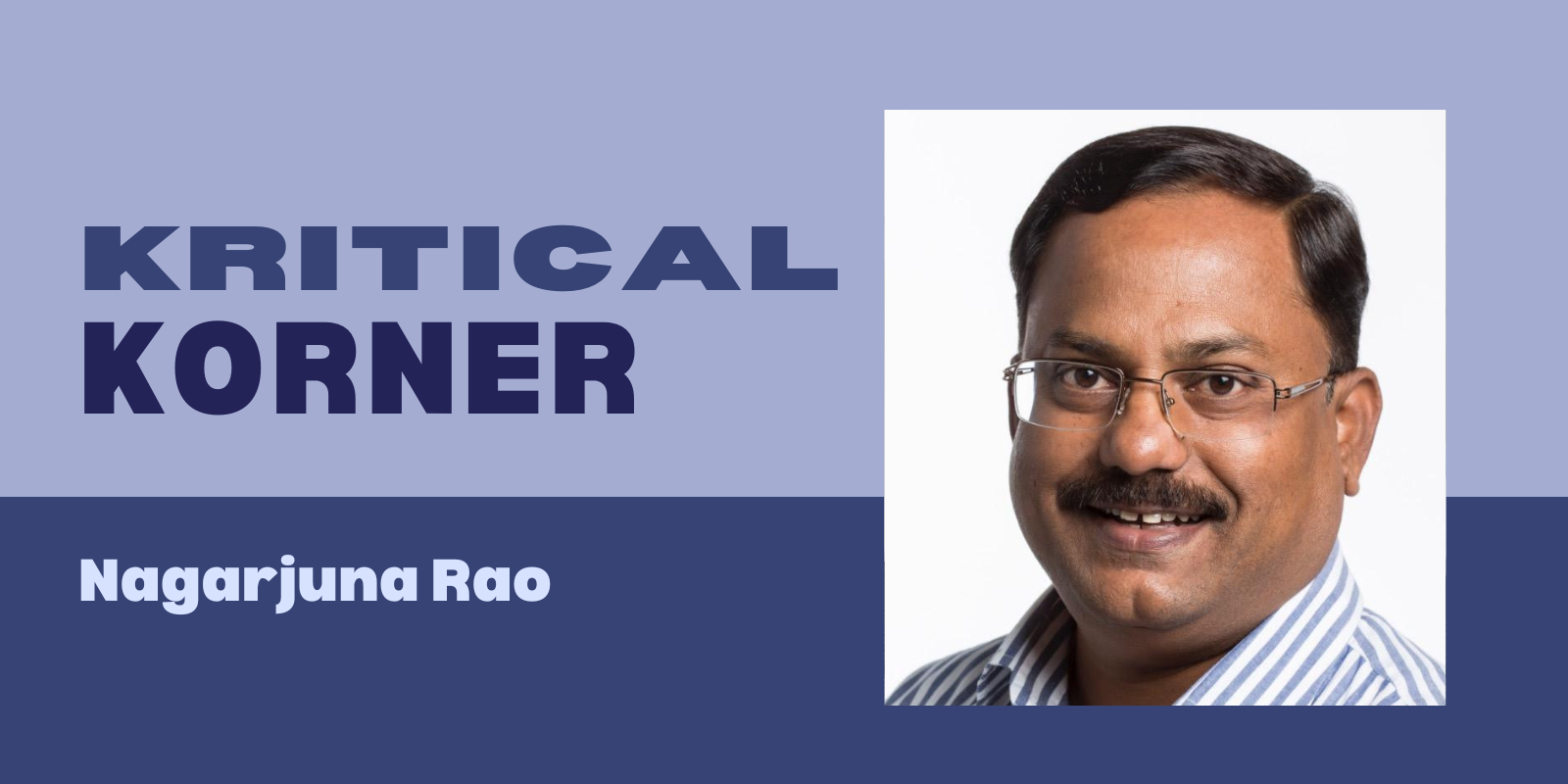I have always been the proverbial tortoise in the race against technology. It took me an embarrassingly long time to realise that social media existed. My first encounter with Facebook was thanks to an ex-colleague from my Deccan Chronicle days. At the time, I was in Dubai, working for Gulf News and still clinging to SMS for casual chats. When she suggested connecting on Facebook, I sheepishly admitted I had no idea what it was. Her response was swift: a ‘LOL’ followed by a declaration that I was a certified ‘fuddy-duddy’ who needed to embrace the modern world.
And so, I ventured into the world of Facebook, where I have since found my happy corner. But while I was busy mastering the art of poking, and sharing memes, anecdotes, and photographs, the rest of the world leaped ahead. Instagram, LinkedIn, SnapChat – you name it, they moved on, leaving me firmly tethered to my Facebook profile. Sure, I have accounts on these platforms, but they gather more cobwebs than engagement.
Google Maps, is more of a treasure hunt
If my Facebook journey was a lesson in delayed adaptation, my experience with Google Maps is a case study in modern-day treasure hunts. When I finally entrusted this app with the task of guiding me from Point A to Point B, it felt like an uneasy truce. Despite its confidence in telling me to ‘Turn right’ or ‘Continue straight’, I inevitably miss a turn, backtrack, and end up asking random pedestrians if I am even remotely on the correct path.
If Google Maps optimistically estimates my journey to take an hour and 20 minutes, I manage to drag it out to a respectable two hours. And even when the app triumphantly declares, ‘You have arrived at your destination,’ I often find myself stuck in some obscure by-lane, going in circles, wondering if I have stumbled into a Bermuda Triangle of streets.

Lost in translation
Turns out, I’m not alone in my struggles with Google Maps. Take the two French tourists, Brian Jacques Gilbert and Sebastian Francois Gabriel, who set out from Delhi to Kathmandu on bicycles. Guided by the app’s presumably all-knowing wisdom in taking shortcuts, they ended up at Churaili Dam in Bareilly, Uttar Pradesh, a good 250 km off course. Imagine their confusion when, instead of the scenic landscapes of Nepal, they found themselves at a police post, attempting to explain their predicament to local cops who didn’t speak their language.
Eventually, the local SSP came to their rescue and pointed them in the right direction. But I suspect the cyclists didn’t leave Bareilly empty-handed. After all, who wouldn’t appreciate an accidental adventure in India – a land where even getting lost can be an enriching experience? Perhaps this will be the anecdote that headlines their future travel memoir.
To trust or not to trust Google Maps
This French misadventure has only reinforced my Google Maps paranoia. Do I risk the app steering me into a winding web of by-lanes, or should I stick to my old-school habit of stopping now and then to ask strangers for directions? Sure, my method might add a few extra minutes (or hours) to the journey, but at least it comes with human assurance.
For now, I will stick to Facebook for my social networking needs, and as for navigation – well, maybe I will just stick to routes I know by heart. At least that way, I will not accidentally end up writing my own version of ‘Lost in Bareilly.’





